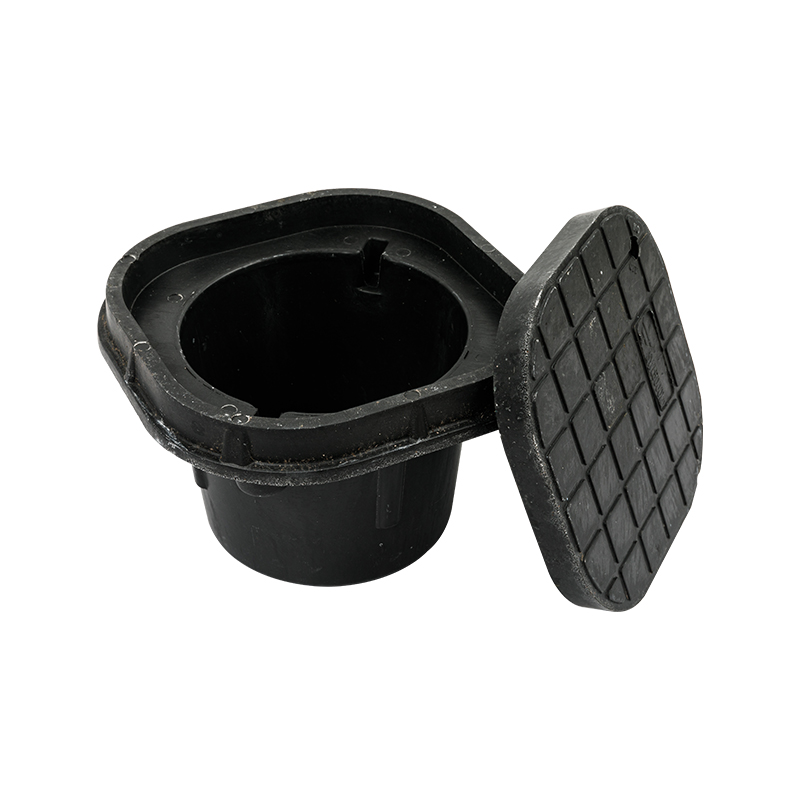
Some Knowledge About Grounding Inspection Pit
A grounding inspection pit is a type of underground enclosure that is used to provide access to electrical grounding systems. It typically consists of a concrete or metal box with a removable lid that is buried underground. The pit allows electricians or other maintenance personnel to inspect, test, and maintain the grounding system without having to dig up the ground around it.
Grounding inspection pits have several advantages over other types of access points for grounding systems. One of the main advantages is that they allow for easy access to the grounding system without having to disrupt the surrounding area. This can save time and money when compared to digging up the ground to access the grounding system.
Additionally, Grounding inspection pits have several other advantages, including:
1.Protection: They protect the grounding system from damage due to weather and other environmental factors.
2.Safety: They provide a safe and convenient way for electricians and other maintenance personnel to access the grounding system.
3.Durability: They are typically made of durable materials such as concrete or metal, which can withstand regular use and last for many years.
4.Easy to install: They can be easily installed underground and connected to the grounding system.
5.Variety of sizes: They come in a variety of sizes to suit different grounding systems and location.
6.Easy to maintain: They can be easily opened for inspection and maintenance of the grounding system.
When choosing a grounding inspection pit, there are several factors to consider:
1.Size: Consider the size of the pit and whether it will be suitable for the grounding system and the location in which it will be installed.
2.Material: Look for a pit that is made of durable materials such as concrete or metal, which can withstand regular use and resist wear and tear.
3.Accessibility: Look for a pit that has a removable lid for easy access to the grounding system, and that can be easily opened for inspection and maintenance.
4.Safety: Look for a pit that has safety features such as a non-slip surface and ventilation to ensure the safety of personnel when accessing the pit.
5.Waterproofing: Look for a pit that is waterproof and sealed to prevent water infiltration.
6.Standards compliance: Make sure the pit is compliant with the safety standards and regulations of the area where it will be installed.
By considering these factors, you can make an informed decision on which grounding inspection pit is best for your needs. It's also important to always follow the manufacturer's instructions and guidelines for the proper use and care of the pit, and to consult with a professional if you have any doubts.


Light Type Grounding Inspection Pit Made Of PVC Or PE Material, It Is More Lighter Than Concrete Grounding Inspection Pit. The Advantages Are Light Weight, Easy Installation And Low Cost.

 English
English 简体中文
简体中文











